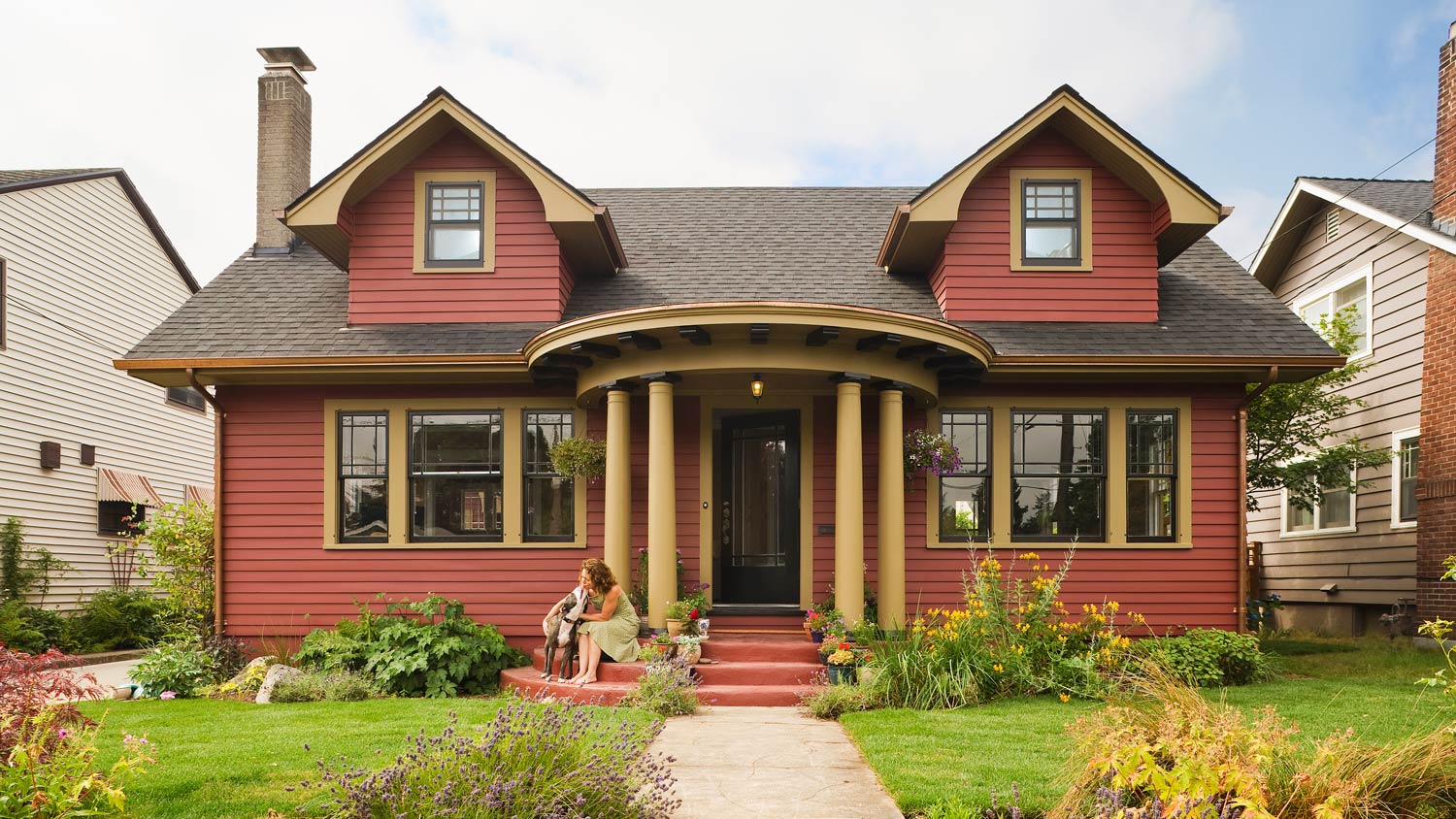Bowing Foundation Wall? 6 Reasons Why the Walls Are Caving In
Here’s why your foundation walls are bowing to the pressure


Bowed basement walls are usually caused by hydrostatic pressure.
Other common causes of a bowed basement wall include foundation settlement, poor construction, and tree roots.
Bowing wall repair is best left to an experienced professional.
Your foundation has a big job. It must support the weight of your home, keeping it stable even when it’s being pressured by outside forces like rainwater and settling. Sometimes, the pressure is too much, and your basement walls will buckle or bow. If you’re concerned about a bowing foundation wall, this guide will explain the cause of the problem—and, more importantly, how to fix it.
1. Hydrostatic Pressure
Your home’s foundation walls can bow when wet soil outside the wall expands and pushes against the wall, putting undue pressure on the foundation. This is called hydrostatic pressure. Left unaddressed, it can cause major (and expensive to repair) structural issues with your home.
The Solution
Your foundation walls need to be reinforced. A foundation repair pro near you will install a reinforcement system using carbon fiber reinforcements, steel beams, or steel wall anchors.
2. Poor Drainage

If your home’s downspouts direct water toward your foundation rather than away from it or your yard is sloped incorrectly, water will pool by your foundation and saturate the soil underneath. This will then cause hydrostatic pressure and bowing basement walls.
The Solution
Inspect your gutters and downspouts to ensure they’re directing water away from the house. Hire a landscaper to regrade your yard so it slopes away from the foundation. Consider installing a sump pump or French drain to improve the drainage around your foundation walls. Installing a yard drainage system costs between $2,120 and $7,110.
3. Freeze-Thaw Cycles
Freeze-thaw cycles can weaken your basement walls and cause bowing. When the soil outside your foundation freezes and thaws, it expands and contracts, which puts pressure on the wall from the outside.
The Solution
You can’t stop the ground from freezing and thawing, but you can reinforce your basement walls to minimize the damage. Bowing basement wall repair costs around $500 to $10,000, depending on the extent of the damage and the type of repair chosen.
4. Foundation Settlement
All foundations settle over time. However, if your home settles unevenly, it can put undue pressure on the basement walls, causing them to bow over time.
The Solution
Get a foundation inspection to see whether your home is settling unevenly. If it is, the inspector can recommend how to combat the issue before it causes structural damage.
5. Poor Construction
A basement wall needs to be constructed from durable, quality material. If a builder doesn’t use the proper materials, it can cause issues down the road, including bowing walls. While you can’t go back in time and force the builder to use the proper materials, you can fix this issue in other ways.
The Solution
Ask a foundation repair company to check that your basement walls were constructed from the appropriate material. If they weren’t, the pro can install reinforcements to strengthen the walls without replacing them.
6. Tree Roots
Roots from a tree planted too close to your house could also put pressure on your basement wall from the outside. Over time, this can cause the wall to buckle or bow. According to the Nashville Tree Conservation Corps, small trees should be planted at least 10 feet from your home, while larger trees must be at least 50 feet away.
The Solution
Check the distance between your home and the nearby trees and remove any trees that are likely to be causing an issue. When planting new trees, measure the distance between your home and the intended location for the tree before putting it in the ground.
When to Call a Pro
Don’t take a bowing basement wall lightly. If you ignore the issue or try to fix it yourself, you’ll likely experience worse problems later on. Call a pro as soon as you notice bowing basement walls.
A pro will inspect the walls and recommend how to repair the problem. They might suggest installing wall anchors, steel or carbon fiber straps, or helical tiebacks to correct the problem. You can also opt for wall straightening, which involves excavating the soil from outside the foundation wall and pushing the wall back using hydraulic jacks. This is the most expensive option, at about $6,800 to $11,000, but it will fix the wall completely rather than simply prevent it from bowing further.
Any bowing in a basement wall signals an issue that needs to be addressed. However, bowing of 2 to 4 inches is more straightforward to fix than bowing of more than 4 inches. That’s why it’s essential to call a pro as soon as you notice the bowing wall. The sooner you address the problem, the easier (and less expensive) it will be to repair.
Yes, a bowed wall can be straightened in several ways. If the bowing is minimal, it can often be straightened by installing anchors or straps. For more severe basement wall bowing, your contractor might need to excavate the soil outside the foundation and pull the wall back into its original position to straighten it.















